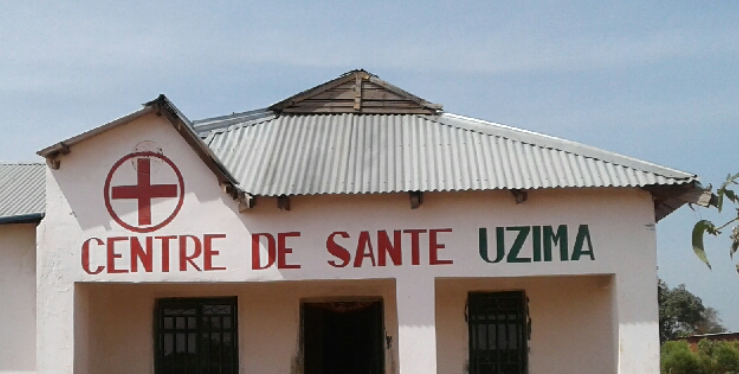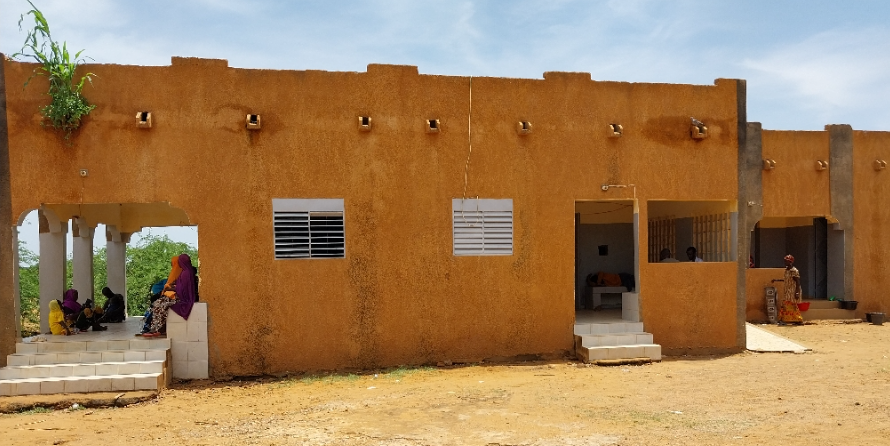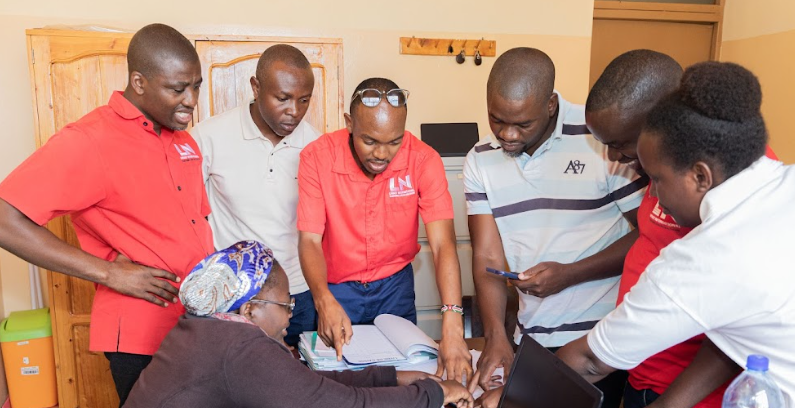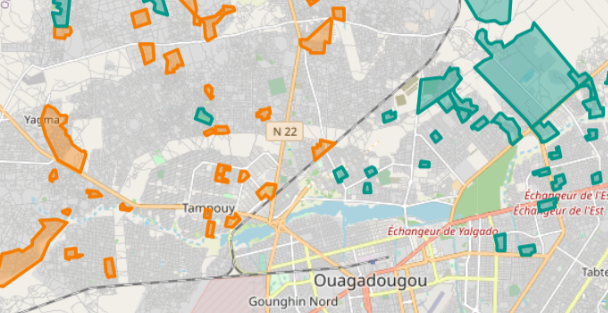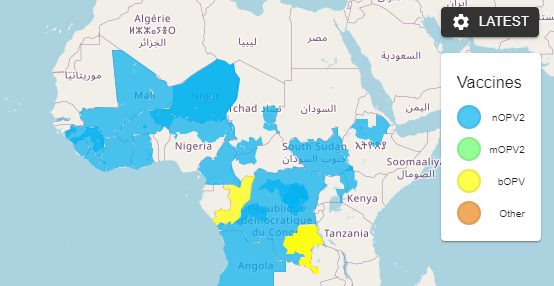Here are some core principles Bluesquare applies when working with partners on custom IASO implementations.
Agile methodology
Bluesquare’s implementation of IASO follows an agile methodology, ensuring continuous communication with our clients and partners. Our approach typically involves creating a project roadmap that includes a timeline for deliverables and identification of external dependencies, such as integration with external systems (e.g., DHIS2). Our flexible team adapts work plans (e.g., backlogs) and deliverables (e.g., epics, features, and user stories) as contexts evolve, recognizing the dynamic nature of each project’s context, may it be health campaign digitalization, georegistry implementation, or other. This ensures that IASO remains responsive and effective in meeting our partners’ evolving needs.
IASO development follows continuous software enhancement through iteration, ensuring that improvements are deployed in a structured and phased manner. By integrating user feedback loops at each stage, we ensure the solution evolves in line with real-world needs.
Bluesquare employs the SCRUM methodology, using two-week sprints to manage IASO development. Within each sprint:
- Deliverables are regularly discussed to prioritize cost-effective features.
- Potential delays are identified early.
- The most impactful features are developed first, ensuring an efficient use of resources.
- Status meetings help unblock tasks and ensure smooth development cycles.
- Regular updates are shared with key stakeholders, ensuring transparency and continuous alignment with the projects’ objectives.
IASO is part of Bluesquare’s open-source solutions ecosystem. Agile methodology allows us to incorporate client feedback into IASO’s development efficiently, ensuring that features align with real-world needs. This iterative approach supports customization and enhances the platform’s performance and productivity.
User engagement and user-centric design
The IASO development process actively engages users and key stakeholders to adopt a patient or user-centric and people-centered systems design. This approach ensures that solutions address the actual needs of frontline health workers, program managers, and policymakers.
Bluesquare integrates user input through:
- Co-design workshops with implementing partners.
- Iterative user acceptance testing (UAT) sessions to validate features before deployment.
- Regular feedback mechanisms embedded in the platform to capture insights from end users.
This participatory approach ensures that IASO is not only technically robust but also intuitive and aligned with local system workflows.
Project co-construction
Bluesquare’s approach to IASO implementation is based on co-construction, ensuring collaboration with partners at every stage. This principle has been applied in large-scale health initiatives, including immunization campaigns and disease surveillance. Our adaptability enables us to navigate complex governance settings, from WHO data standards to UNICEF’s digital health frameworks. While we adhere to established design methodologies, we continuously seek to refine user experience and are open to collaborations with design experts.
Quality assurance in IASO development
Quality assurance is integral to IASO’s development and is implemented through:
- Test-driven development (TDD): Ensuring all new features are built and validated through automated test cases before deployment.
- Specification documents and visual mockups: Ensuring shared understanding of complex features before development.
- Automated testing: Preventing regressions in existing functionalities.
- User acceptance testing (UAT): Involving end users in validating new features to guarantee usability and alignment with real-world needs.
- Automated security and quality scans: Maintaining high standards in code development.
- Manual quality assurance testing: Conducted for each new feature before deployment.
Continuous user feedback mechanisms
IASO development includes structured mechanisms for gathering and incorporating user feedback for continuous improvement:
- Periodic stakeholder workshops to review feature requests and usability enhancements.
- Iterative release cycles that incorporate new user-driven refinements in each version.
Backstopping support
IASO implementations benefit from robust backstopping support via a dedicated single point of contact overseeing:
- Technical relevance: Continuous support from in-house experts to ensure high technical standards and timely issue resolution.
- Project resource allocation: Ensuring adequate staffing and resource distribution to meet project demands.
- Quality assurance: Conducting regular quality checks to align with client expectations.
IASO support services vary based on project criticality:
- Routine projects have a service desk with response times under 8 hours during business hours.
- Technical and program support is available in English and French, with additional languages spoken by field-based staff.
Bluesquare has supported high-stakes projects where data analysis is needed daily for rapid decision-making. For these critical operations, IASO’s on-call support ensures that digital solutions remain an enabler rather than a bottleneck for public health interventions.



















